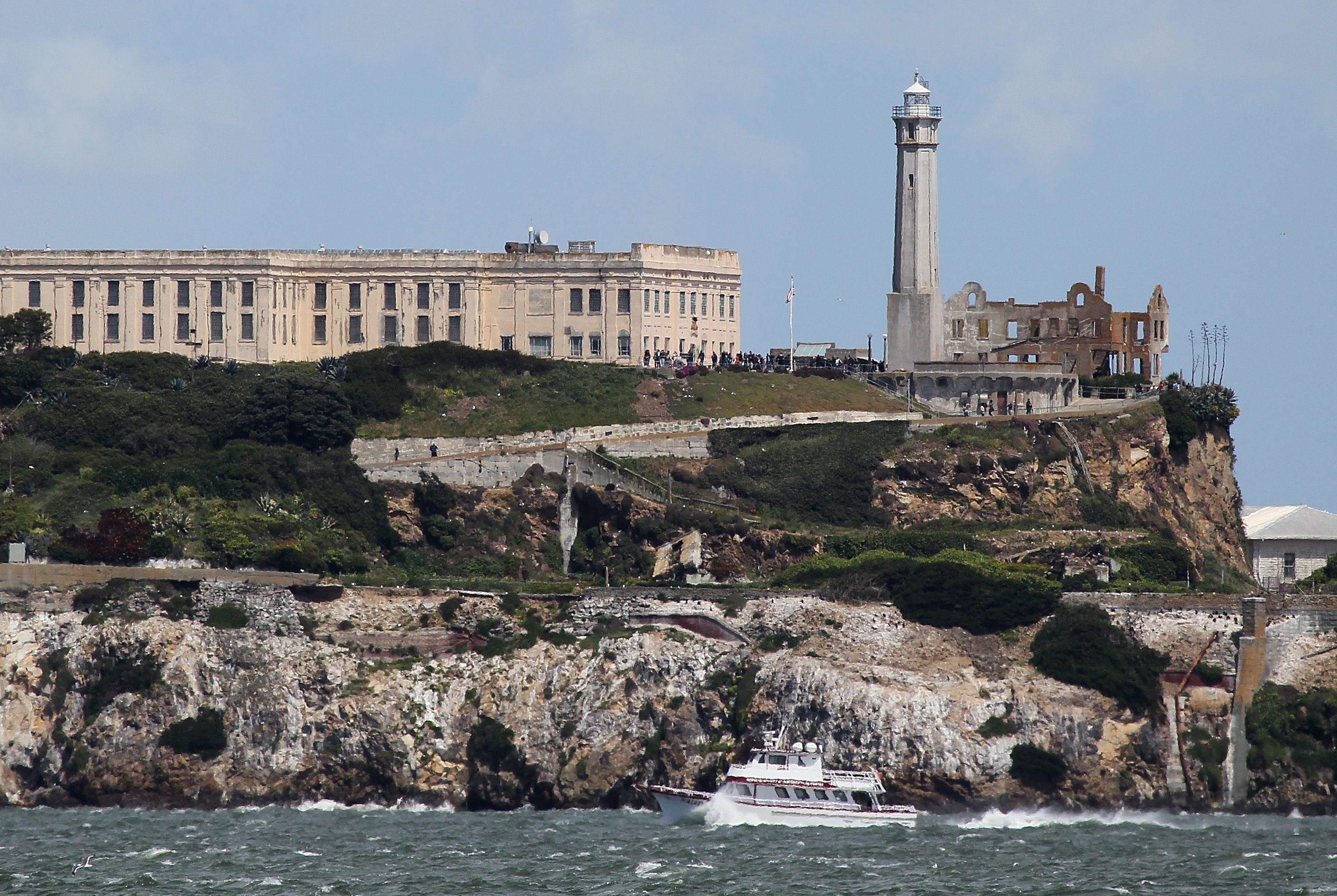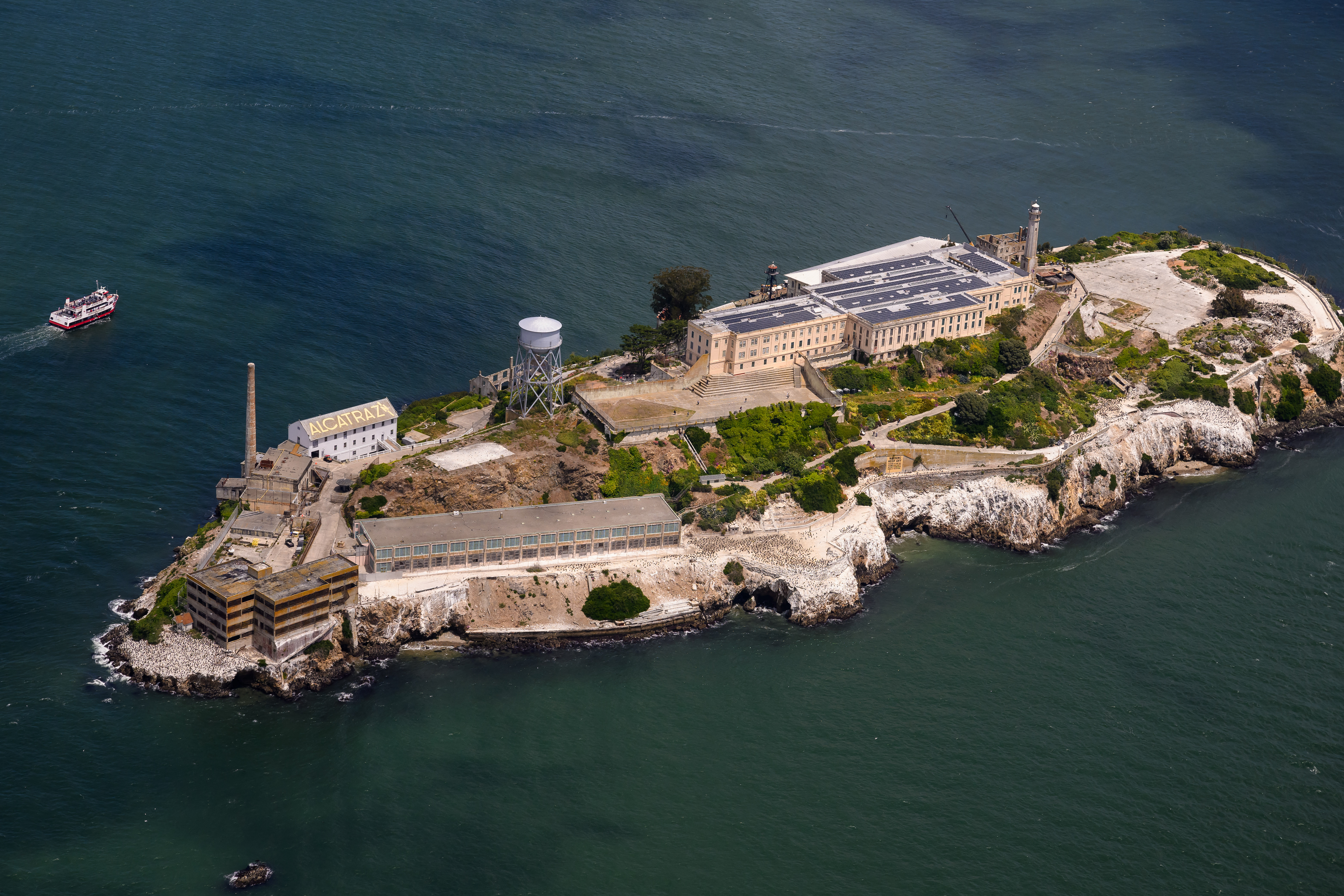Alcatraz Reborn? Trump Orders Prison Reopening!
Alcatraz Reborn? Trump Orders Reopening of Notorious Prison
Introduction: Back to The Rock?
Hold on to your hats, folks! In a move that's sure to send shockwaves through the political landscape, President Trump has announced he's ordering the reopening of Alcatraz, the infamous prison on an island in San Francisco Bay. Remember "The Rock"? Well, it might be making a comeback. Can you believe it? The former President says he will be directing several Federal agencies to reopen and even "enlarge" the prison. Let's dive into what this could mean and why this decision might be in the works.
Trump's Rationale: Crime and Public Safety
So, why bring back The Rock? According to Trump, it's all about tackling violent crime and ensuring the safety of the American public. "We need a place to put the worst of the worst," he seems to be saying. He plans to use Alcatraz to "house America’s most ruthless and violent offenders." Is this a solution to a pressing problem, or a symbolic gesture? Only time will tell.
Which Agencies are Involved?
It's not just a solo mission. Trump is enlisting a whole team to make this happen. Here's a rundown:
- The Federal Bureau of Prisons (BOP): Naturally, they'd be in charge of the day-to-day operations.
- The Department of Justice (DOJ): Overseeing the legal aspects and ensuring everything's on the up-and-up.
- The Department of Homeland Security (DHS): Potentially involved in security and transportation of inmates.
- The Federal Bureau of Investigation (FBI): Could be providing intelligence and assisting with investigations within the prison.
Enlarging Alcatraz: Expanding The Rock?
Here's where things get interesting. Trump wants to "enlarge" Alcatraz. How exactly does one enlarge an island prison? Are we talking about building new structures? Expanding underground? The logistics are mind-boggling. Expanding Alcatraz will require careful planning, engineering, and environmental consideration.
The History of Alcatraz: More Than Just a Prison
Alcatraz, also known as "The Rock," has a rich and complex history. Before it became a notorious prison, it served as a military fortification and a military prison. Think about it: From defending the San Francisco Bay to holding some of the most dangerous criminals, this island has seen it all! What impact might its history have on its future?
Ethical Considerations: Is Alcatraz the Right Solution?
Reopening Alcatraz raises some serious ethical questions. Is it humane to house inmates in such an isolated environment? What about rehabilitation? Or is it simply about punishment? There are debates about whether Alcatraz provides the right conditions for rehabilitation, and whether it is a humane way of detaining prisoners.
The Political Ramifications: A Divisive Move?
Let's face it, this move is bound to be controversial. Some will applaud Trump for taking a tough stance on crime, while others will criticize him for returning to a symbol of harsh punishment. How will this play out in the political arena? Reopening Alcatraz is likely to be viewed as a political statement with both strong supporters and opponents.
The Economic Impact: Dollars and Cents
Reopening and expanding Alcatraz won't be cheap. We're talking about millions, if not billions, of dollars. Where will the money come from? And is it the best use of taxpayer funds? The economic implications of this decision will be felt across various sectors, from construction to prison management.
Environmental Concerns: Protecting the Bay
San Francisco Bay is a delicate ecosystem. Any construction or expansion on Alcatraz could have serious environmental consequences. Will environmental impact studies be conducted? And will the concerns of environmental groups be taken into account? Environmental impact studies will be critical to assess and mitigate the effects on the local ecosystem.
The Legal Challenges: A Battle in the Courts?
This move is likely to face legal challenges from various groups, including civil rights organizations and environmental advocates. Can the government legally reopen and expand Alcatraz without violating any laws or treaties? The legal challenges could delay or even halt the reopening of Alcatraz.
Public Opinion: What Do Americans Think?
What do you think about reopening Alcatraz? Is it a good idea, or a step backward? Public opinion will play a crucial role in shaping the future of this project. Will there be widespread support, or strong opposition? The public's perception of this decision will significantly influence its success.
Alcatraz Then and Now: Comparing Eras
The Past Conditions
Back when Alcatraz was in full swing, it had a reputation for being tough, but fair. Think solitary confinement, strict rules, and little interaction. It was designed to be a place where the most hardened criminals would think twice before breaking the law again. Were the conditions too harsh?
The Present Day Options
Today, things have changed. There's more emphasis on rehabilitation, mental health, and humane treatment. Can Alcatraz be brought up to modern standards without losing its original purpose? It's a challenge, to say the least.
Security Implications: A Fortress Reborn
If Alcatraz reopens, security will be paramount. Think state-of-the-art surveillance, highly trained guards, and impenetrable barriers. After all, no one wants another escape from The Rock! Modern security measures will be necessary to prevent escapes and maintain order.
Technological Integration: The Future of Incarceration
Modern Technology
Imagine drones patrolling the perimeter, facial recognition software tracking inmates, and AI analyzing behavior patterns. Could technology transform Alcatraz into a model prison of the future?
Risks and Benefits
Of course, there are risks. What about privacy concerns? The potential for hacking? But the benefits could be huge in terms of security and efficiency.
The Pop Culture Impact: From Film to Reality
Alcatraz has captured the imagination of filmmakers and writers for decades. From "Escape from Alcatraz" to countless documentaries, The Rock has become a cultural icon. How will reopening Alcatraz impact its image in popular culture? Will it fuel new stories and myths? The reopening of Alcatraz is likely to influence how it is portrayed in popular culture.
Conclusion: A New Chapter for The Rock?
So, there you have it. President Trump's plan to reopen Alcatraz is a complex and controversial issue with far-reaching implications. From ethical concerns to environmental impacts, there's a lot to consider. Will this plan come to fruition? Only time will tell. But one thing's for sure: The Rock is back in the spotlight. The future of Alcatraz remains uncertain, but its place in history is secure.
Frequently Asked Questions (FAQs)
- Why is President Trump ordering the reopening of Alcatraz?
President Trump cites rising violent crime rates and the need to protect the public as the primary reasons. He intends to house the most dangerous and violent offenders there.
- What government agencies will be involved in reopening Alcatraz?
The Federal Bureau of Prisons, the Department of Justice, the Department of Homeland Security, and the Federal Bureau of Investigation are all slated to play a role.
- How will Alcatraz be "enlarged," and what are the environmental concerns?
The exact plans for enlargement are unclear, but it would likely involve construction, which raises concerns about the impact on the San Francisco Bay's delicate ecosystem. Environmental impact studies would be required.
- Are there ethical concerns about reopening Alcatraz as a prison?
Yes, concerns exist about the humane treatment of inmates in an isolated environment and the emphasis on punishment versus rehabilitation.
- What legal challenges might the reopening of Alcatraz face?
The decision could face legal challenges from civil rights organizations and environmental groups. Arguments could be made that reopening Alcatraz violates laws or treaties.

